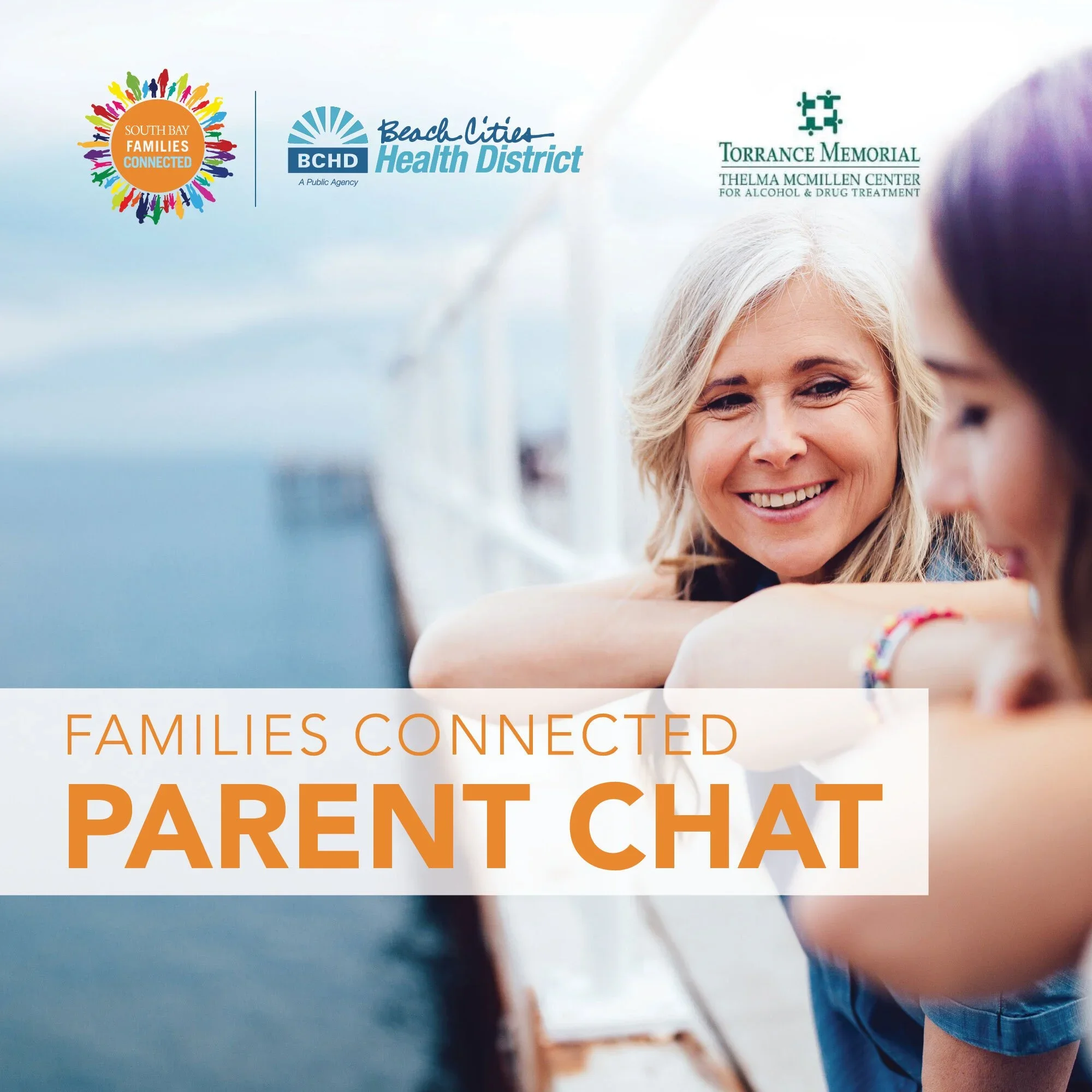Helping Children Through Grief: What is normal? When does a child need extra help?
/Thank you to Dr. Bill Dyment for sharing the following advice with our South Bay Families coping with loss and grief.
Just as every adult processes grief a little differently, the same is true of children. As I like to continually remind the grieving people and organizations we serve, “Normal grief symptoms and feelings span a very wide road.” In most cases, the overwhelming, intense emotions and behaviors a child may be experiencing fall well within the normal range, especially in the immediate aftermath of a tragic loss. The list of symptoms below are considered normal responses to a traumatic event, but they should begin to subside after first 24-48 hours.
Grief Reactions: Common Behavioral and Emotional Responses
Forgetfulness
Change in behavior
Absentminded, i.e., not as careful driving, etc.
Anxiety, fear
Slowed thought processes
Withdrawal loneliness,
Anger
Difficulty making decisions
Silence
Increased clumsiness, i.e., breaks phone screen, stubs toe, etc.
Confusion
Guilt
Talkativeness
Irritability
Difficulty solving problems
Under/over eating
Depression
Difficulty concentrating
Can’t fall asleep/can’t wake up/can’t stay awake
Hopelessness
Difficulty calculating
Lack of interest in usually satisfying activities
Helplessness
Diminished attention span
Haplessness
Obsessed completing minor details and tasks
Feeling overwhelmed
Feeling numb
Physical/Spiritual Symptoms
Fatigue, not alleviated by sleep
Changes in relationships with family members, friends, co-workers
Flare-ups of chronic medical problems
Headaches
Muscle and/or joint discomfort (often caused by unconscious tensing)
Digestive problems
Questioning of beliefs, values, self
Re-evaluation of life routines and goals
All the above can be considered normal reactions to a crisis if:
1. The reactions do not present a danger to the individual or others.
2. The reactions begin to diminish after about 24-48 hours.
That said, there are several types of children who are particularly vulnerable and may need extra attention, even professional help. They are:
1. Children who have experienced recent significant loss(es.)
Example: Emily, 13, has been barely eating and refuses to go to school. Four days ago she learned her piano teacher succumbed to a terminal cancer after a long illness. Last month she lost her beloved dog, and her grandmother passed away seven months before.
2. Children who have never experienced any type of significant loss.
Example: Trent, 10, is having severe nightmares since a student on his soccer team passed away in a car accident last week. Spared any significant losses of family and friends to date, Trent is having a very difficult is coming to grips with the reality of death for the first time. His mother reports that he is obsessed with the fear that he could suddenly be killed too.
3. Children who were particularly close to the deceased, injured, etc.
Example: Mario, 16, was practically raised by his Uncle Ron when his parents divorced. When Ron is paralyzed in a work accident, Mario stops doing any school work and begins failing all his classes.
4. Children who have pre-existing mental health issues.
Example: Kylie, 9, takes medication for depression and sees a therapist. When she learns her favorite teacher and advisor is moving out state, mid-year, her mood worsens considerably and she begins to express suicidal thoughts.
If your child or student falls within one or more of the above “high-risk” scenarios, keep a close eye and offer a listening ear. If he or she does not improve significantly over the first three days, additional, professional assistance is needed. Keep in mind, too, that any child or adult who is extremely busy or in charge of the response to the loss (a teacher, manager, etc.) is likely to have a delayed reaction to the traumatic event. Typically, they do not feel the full impact of the loss for days or weeks afterwards when the “pressure is off.”
Over the weeks and months following a crisis it is essential that there be follow-up with those deemed to be at high risk and that people who experience delayed reactions receive appropriate intervention. Some people are emotionally “well-defended” or seek to “push away painful feelings” in an effort to deal with the loss and still perform their daily duties or continue “to provide leadership.” This prevents them from processing an event immediately. Frequently, those most impacted are the least likely to get the help they need. Follow-up contacts are essential to monitor the progress of these individuals.
The great news is that children are incredibly resilient. They can express intense emotions and behaviors but quickly recover with the right support. It is our job to be sensitive to those instances when they struggle to process a significant loss and to make sure they get the assistance they need. Teaching a child how to “grieve well,” perhaps for the first time, is an invaluable, protective, life skill.
Dr. Bill Dyment is a clinical psychologist. He heads Dyment & Associates, Inc. (DrBillSpeaks.com), a speaking, counseling and consulting firm based in Huntington Beach, CA. He and his team frequently provide immediate crisis response and on-site debriefing after traumatic events.



